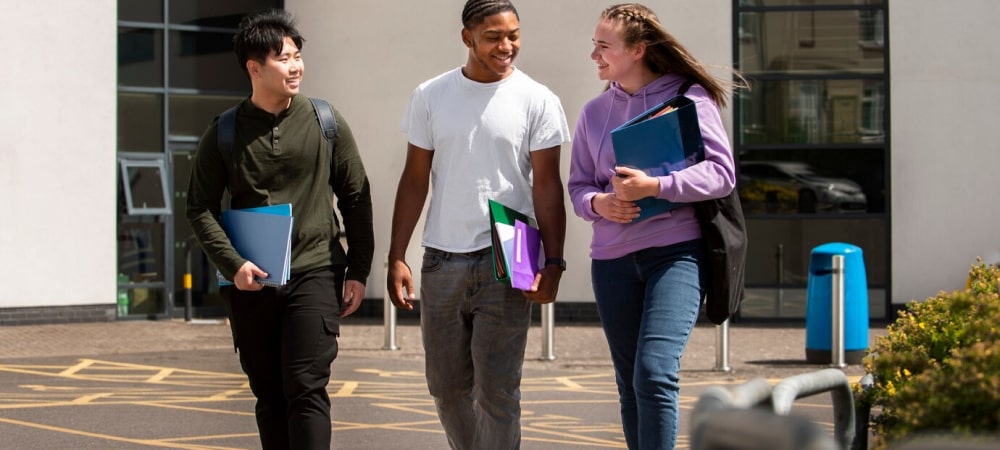The world of education beckons, and a foreign degree gleams on the horizon! But before you pack your bags and dream of bustling campuses, navigating the student visa process can feel like deciphering a secret code. Fear not, aspiring scholar!
This guide unveils the mysteries of different study visa types, empowering you to find the perfect fit for your academic goals. We’ll break down requirements, eligibility, and benefits, ensuring you choose the visa that unlocks your educational adventure.
Student Visitor Visa: A Glimpse into Short-Term Studies
Not all educational endeavors require a full-fledged student visa. The student visitor visa may be the best option for individuals who are interested in shorter study abroad terms. Students who join in programmes that run less than a set amount of time—typically between six and eleven months, depending on the country—are eligible for this visa.
Consider focused workshops, intensive language classes, or quick certificate programmes. It provides a concentrated educational experience and a sense of living as a student in a foreign nation, but it does not permit full-time studies or work permits.
Types of Student Visas
There are several student visa categories, each with specific purposes and regulations. Here’s a breakdown of the most common types:
F-1 Visa (Academic Student)
This is the most popular student visa for international students enrolling in full-time academic programs at accredited universities, colleges, language institutes, or other approved educational institutions.
- Requirements: Valid passport, proof of acceptance from a SEVP-certified school, evidence of financial support to cover living and educational expenses (typically through bank statements or scholarships), and proof of English language proficiency (through tests like TOEFL or IELTS).
- Benefits: Allows full-time study, offers Optional Practical Training (OPT) opportunities for work experience after graduation, and may provide a pathway to other visa categories like H-1B for skilled workers.
M-1 Visa (Vocational Student)
This visa is for students enrolling in non-academic or vocational programs, such as those offered by trade schools, flight schools, or certain certificate programs.
- Requirements: Similar to F-1 visas, but proof of acceptance must be from a DHS-designated vocational school.
- Limitations: M-1 visas often have stricter limitations on work authorization compared to F-1 visas.
J-1 Visa (Exchange Visitor)
This visa is for participants in exchange programs like research collaborations, internships, or cultural exchange programs.
- Requirements: Invitation from a J-1 program sponsor designated by the U.S. Department of State.
- Benefits: Provides opportunities for cultural exchange and professional development.
Additional Considerations
- The duration of your visa depends on your program length. Extensions might be required for longer studies.
- Students with F-1 and M-1 visas can apply for F-2 and M-2 visas respectively for their spouse and children.
- While F-1 visas offer OPT opportunities, M-1 and J-1 visas have stricter work authorization rules.
Conclusion
With a clear understanding of student visa types, you’re well on your way to unlocking a world of academic possibilities. Remember, this guide serves as a roadmap, not a final destination. For the latest regulations and specific requirements, consult the official resources of your chosen country’s embassy or consulate. Bon voyage to your educational odyssey!






